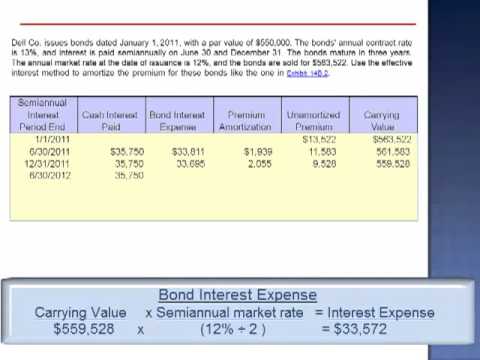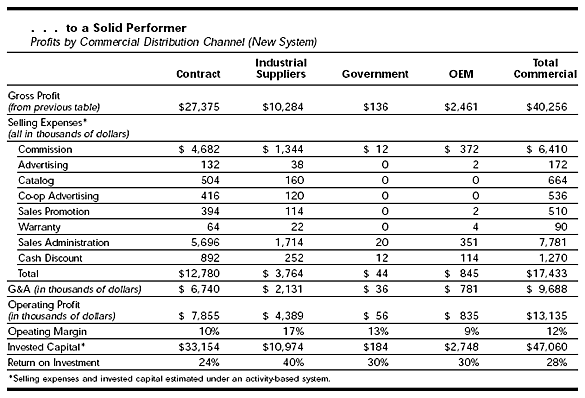Content

Ending inventory measures the value of goods a business has available to sell at the end of a given accounting period. FIFO stands for “First In, First Out.” It is an accounting method that assumes the inventory you purchased most recently was sold first. Using this method, the cost of your most recent inventory purchases are added to your COGS before your earlier purchases, which are added to your ending inventory. Talk to the inventory experts at Cin7 to find out how inventory management software can simplify your business, even as you open up new sales channels. Tasks that are normally time-consuming can be done in a snap — or just a few clicks. Unlike other inventory solutions, Cin7 tracks actual inventory costs, not average costs, for more accurate COGS.
It is now time to consider aggregated financial data and take into account shifting amounts of SG&A. The following income statements present information about Nepal Company. On the left is the income statement prepared using the absorption costing method, how to calculate closing inventory in absorption costing and on the right is the same information using variable costing. For now, assume that Nepal sells all that it produces, resulting in no beginning or ending inventory. Selling, general, and administrative costs (SG&A) are classified as period expenses.
What do unfavorable manufacturing standard cost absorption variances mean?
Here are three different ways to approach your calculations for ending inventory. It’s best to use only one method of accounting each year, as this will ensure accuracy for future reports. Professional accountants recommend that you adjust your annual accounting practices to match your inventory type as well as market conditions. For example, fluctuations in inventory prices due to inflation can diminish the valuation of your ending inventory.

Ending inventory refers to the inventory currently on hand at the end of a financial cycle. This cycle may be on a monthly basis, a quarterly basis, or a yearly basis, depending on the accounting methods and needs of the company. When calculating the financial status of a company, knowing the ending inventory is important to help calculate how much money is currently being held in storage in the form of goods.
Grow your retail business
Absorption costing is an accounting method used to determine the cost of a product by including both direct/variable costs and fixed production costs. Under this method, the fixed factory costs are “absorbed” into the cost of goods sold by multiplying all the COGS items by the number of units produced. Direct costs such as costs of procuring raw materials, labor wages and indirect costs such as costs of acquiring a facility, utility costs and others are calculated in absorption costing. The absorption costing method accumulates all costs of a finished product including overhead costs and direct costs. A typical illustration of decision making based on variable costing data looks simple enough. Considerable business savvy is necessary, and there are several traps that must be avoided.